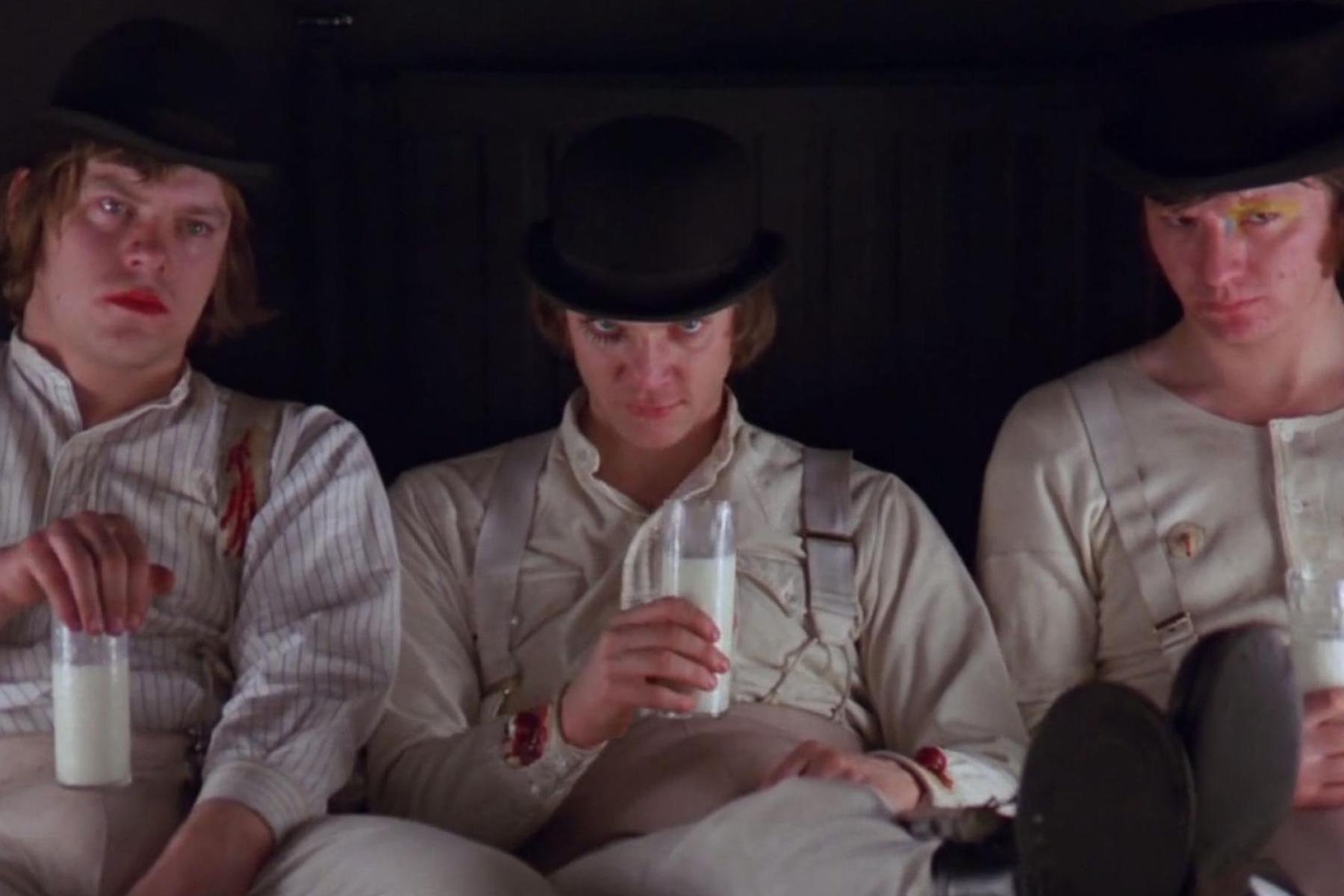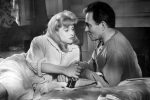This year marks the 50th anniversary of Stanley Kubrick’s classic film “A Clockwork Orange.” First released in 1971, “A Clockwork Orange” was originally met with mixed reviews and controversy due to its graphic depiction of sexual violence, but it has since become a cult classic for cinephiles and Kubrick enthusiasts.
The film is so iconic that most people have seen or heard a form of media that has referenced it in some way. With Kubrick’s reputation for injecting layers of hidden subtext and meaning into every scene, “A Clockwork Orange” offers viewers and aspiring screenwriters and filmmakers much to dissect nearly five decades later.
“A Clockwork Orange” centers around a sociopathic teenager named Alex, who leads a small gang of neighborhood friends that he refers to as his “droogs.” Together, they spend their time skipping school and causing mischief. For those who’ve never seen the film, this seems like a description of typical teenage misadventures. But aside from playing hooky, Alex and his droogs enjoy themselves by robbing and raping anyone they see fit, which ultimately leads to the death of a woman and lands Alex in prison.
While incarcerated, Alex is accepted into the experimental Ludovico Technique treatment program. The treatment is supposed to eliminate all criminal impulses within Alex through Pavlovian methods of associating any violent thoughts with becoming extremely sick. The resulting effects of the treatment, its efficacy and its moral implications are central themes to the film.
Visually, the film is a surreal 1970s vision of a dystopian future. The brutalist architecture of the buildings and their tattered state seem to indicate a decaying society. Internally, the decorations and furniture are largely sexual in nature, implying that sex and the depiction of it have become commonplace.
Alex and his droogs spend much of their time in a “milk bar,” where they drink a narcotic concoction that pours out of a statue of a woman’s breast. As they enjoy their dystopian cocktail, they are seated on nude statues sculpted to be used as furniture. For those who’ve never seen the film, it’s worth a watch simply for the bizarre on-screen world Kubrick has brilliantly created.
Like many of his films, Kubrick adapted “A Clockwork Orange” from a novel of the same name by Anthony Burgess. His preference for adapting novels, as opposed to writing his own original stories, offers an interesting insight into his creative process.
“When you read it for the first time, that’s your only really pure experience with it — you have this tremendous advantage of reading something for the first time. Which is an experience that you never have again with the story. The first time is something with which you can never guess about.” For Kubrick, writing your own screenplay robs you of your ability to genuinely read it and experience it for the first time.
Those feelings that are evoked the first time you read “Old Yeller” can never be recreated, and even less so if you’re the one who wrote it. For that reason, Kubrick wanted to maintain the feelings that certain novels gave him so he could assess what makes them fundamentally work.
Some of the emotions that “A Clockwork Orange” evoked in critics after viewing it for the first time are what led to the more negative reviews. For some, the graphic portrayals of sexual violence came across as indulgent and unnecessary. Others expressed concern that the film seems to sympathize with the protagonist, Alex, and his experiences after he is incarcerated for multiple counts of rape and murder.
These critics missed the point of the film, and many have since backtracked their analyses as perceptions of violence in media have shifted over time. However, to truly understand the message of the film, it’s important to understand the meaning behind its puzzling title.
Anthony Burgess, the author of the novel, is said to have coined the title from a Cockney phrase used in East London to describe something that appears normal on the surface but is internally odd or bizarre. The phrase “as queer as a clockwork orange” may seem like an odd choice to derive a title from, but it is, in fact, a fitting encapsulation of the film’s central theme. It is the marriage, or more precisely, the duality of the organic and the mechanical — an orange that is internally made up of the gears normally found in a clock.
In the film, Alex, who in this case represents the organic, is forced to undergo a treatment that essentially removes his freewill. The treatment effectively results in an organic being internally ruled by the mechanical. Kubrick would similarly go on to explore the duality of man in his film “Full Metal Jacket,” in which the protagonist appears with the phrase “Born to Kill” on his helmet while simultaneously wearing a peace sign on his jacket.
Interestingly, while “Full Metal Jacket” explores the concept of turning men into killers for war, “A Clockwork Orange” inversely centers around the attempt to reform criminals into functioning members of society. However, the Ludovico Treatment doesn’t change Alex’s moral compass for the better — it only serves to punish his naturally violent tendencies and thoughts.
Similar to the way a dog on a shock collar learns to avoid straying too far lest it receives a painful shock to the neck, Alex becomes mentally enslaved by the treatment. His violent impulses haven’t truly been erased, much like how the dog’s inclination to venture beyond its territory isn’t erased by the shock collar. Instead, Alex has become the personification of the film’s title. He’s a normal human being on the outside, but is ruled by an artificial prison internally; thus, he becomes “as queer as a clockwork orange.”
Kubrick’s films are well known for their layers of subtext and clinical presentation. “A Clockwork Orange” is no exception, as it leaves first-time viewers with much to ponder and revisit. Aside from the concepts explored here, the film also offers viewers other subtle themes to explore while making sense of the futuristic slang used by Alex and his droogs.
For those rewatching for the first time in years, it’s important to admire the world Kubrick managed to depict on screen. He creates a surreal and dystopian future that one could still imagine to be possible. There is no doubting the film’s relevance and significance for movie lovers and students of cinema. Nearly 50 years after its release, Stanley Kubrick’s “A Clockwork Orange” continues to raise relevant questions of morality, justice and free will.

















